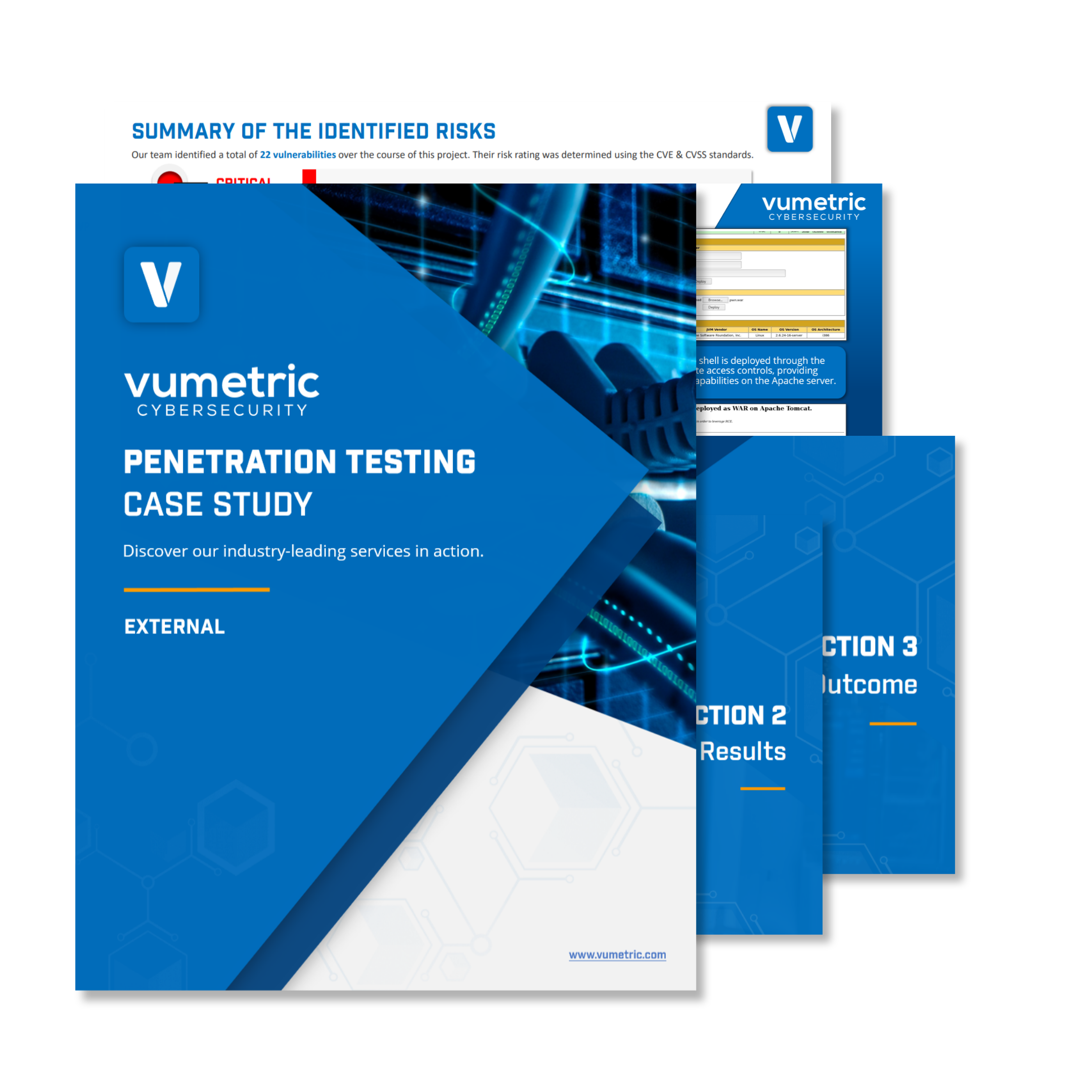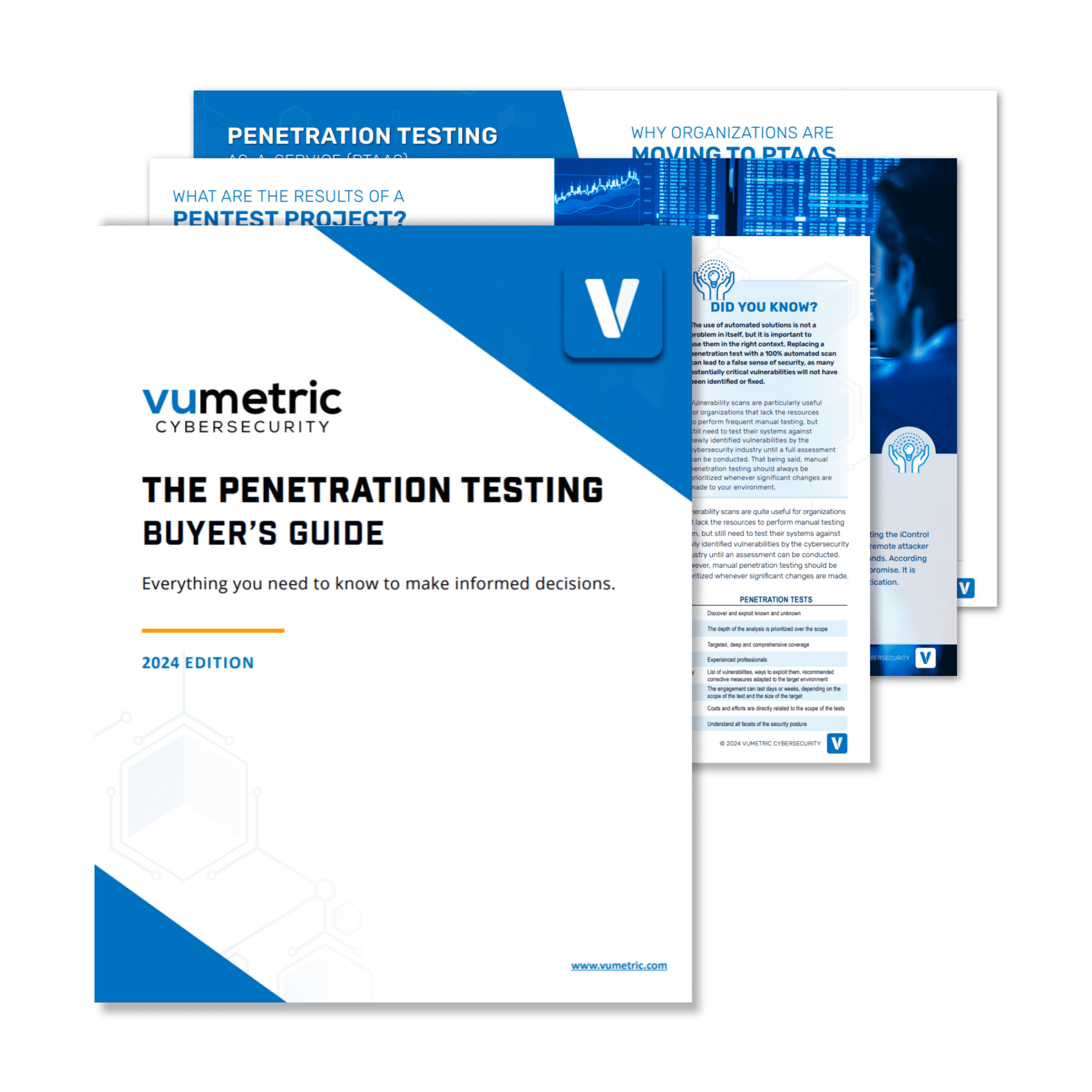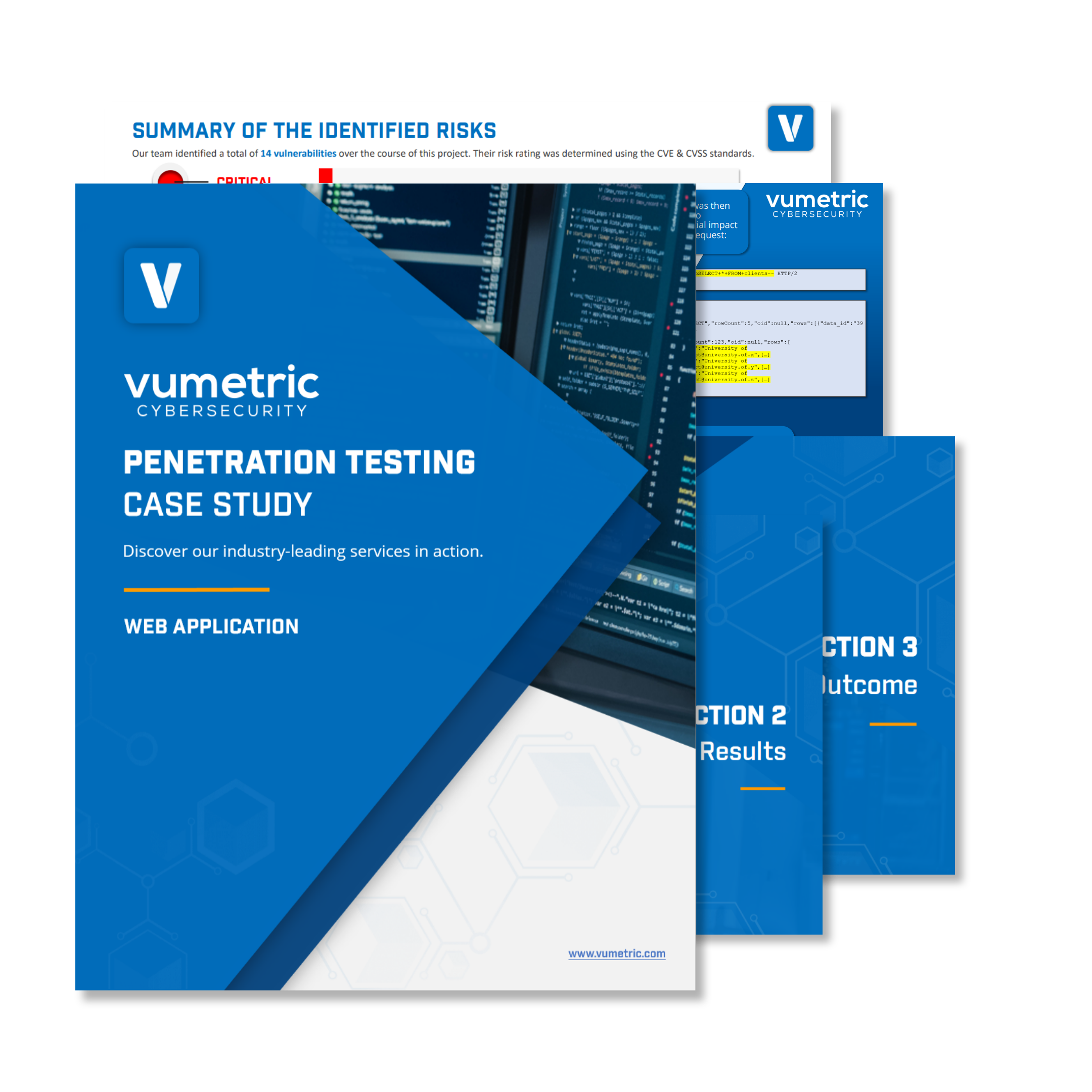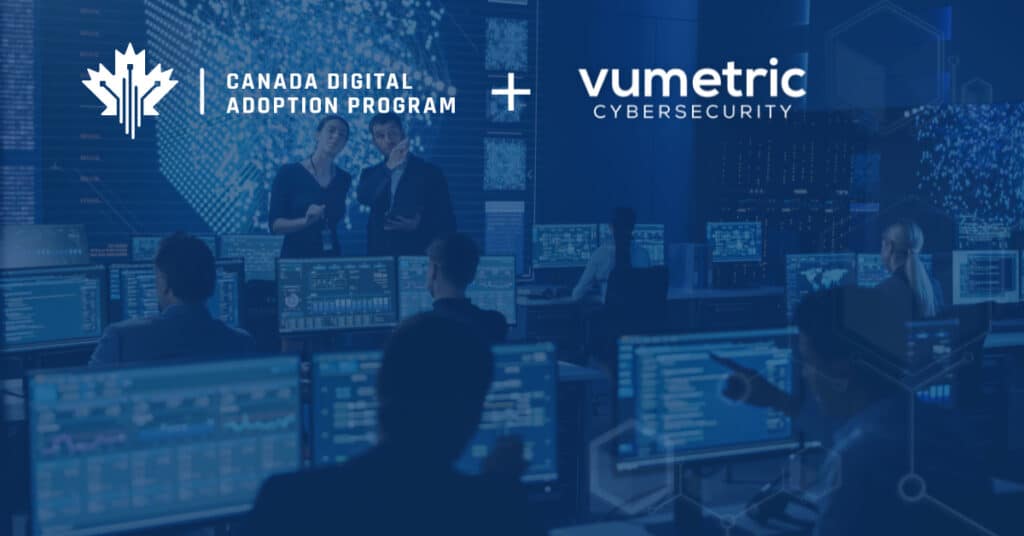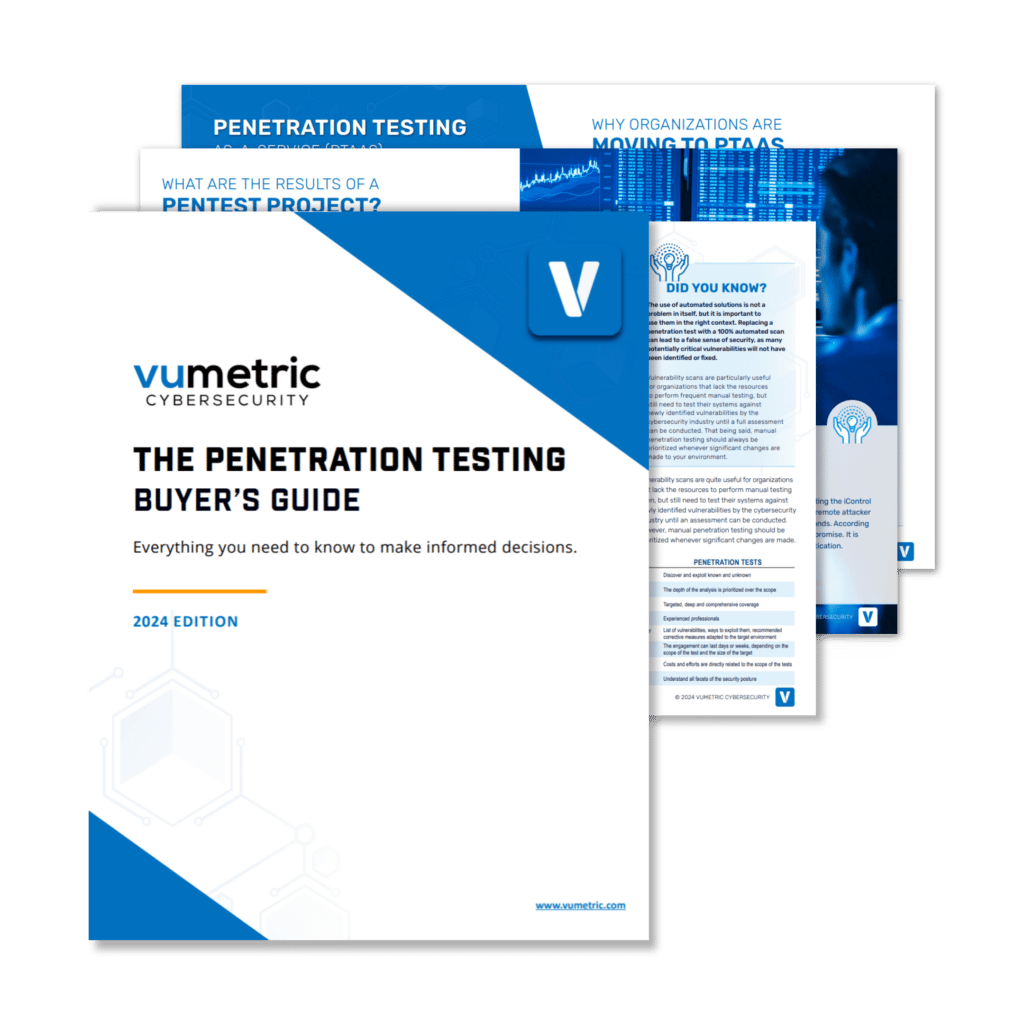The Supply Chain Security System of Trust (SoT) Framework is a collaborative, open-source platform that enables the secure and efficient sharing of information among supply chain partners. It was developed through the combined efforts of MITRE and the Department of Homeland Security (DHS). The goal of the SoT Framework is to improve trust among supply chain partners and enable secure and rapid sharing of data. In this blog post, we will take a closer look at what the SoT Framework is, what the MITRE Corporation is, how the SoT Framework works, why it’s important, and what could help protect the SoT Framework against malicious attackers.
What is the SoT Framework?
The Supply Chain Security System of Trust (SoT) Framework is a supply chain security platform that was developed through the combined efforts of MITRE and the Department of Homeland Security (DHS). The SoT Framework is “a supply chain security community effort defining, aligning, and addressing the concerns and risks that stand in the way of organizations’ trusting suppliers, supplies, and service offerings.”
The goal of the SoT Framework is to improve trust among supply chain partners and enable secure and rapid sharing of data. The SoT Framework is built on open-source standards and uses a modular approach, which allows supply chain partners to securely share information.
What is the MITRE Corporation?
MITRE is a not-for-profit organization that works in the public interest. They operate federally-funded research and development centers (FFRDCs) and are involved in several fields, including supply chain security, risk management, and cybersecurity.
Among MITRE’s most well-known initiatives or tools are the following:
- The Common Vulnerabilities and Exposures (CVE) List, catalogs known cybersecurity vulnerabilities.
- The MITRE ATT&CK framework, helps security professionals assess and defend against cyber threats.
- The Cyber Kill Chain model is a seven-stage framework that can be used to understand how cyberattacks progress.
How does the SoT Framework work?
SoT offers a framework for focusing attention on those supply-chain-related risks through the following:
- 3 categories: suppliers, supplies, and services.
- 12 top-level decisional risk areas: quality, financial stability, regulatory compliance, legal liability, cybersecurity, reputational damage, business continuity/disaster recovery planning and execution, transportation and logistics management, employee training and development, supply-chain mapping and analytics, and insurance coverage.
- 76 risk sub-areas by addressing over 400 detailed questions, ranging from “What is the supplier’s approach to managing quality?” to “What processes does the supplier have in place to ensure that its products are not counterfeit or adulterated?”
- Data-driven decisions for a more consistent way of doing assessments of service providers.
- A culture of organizational risk management including supply chain concerns.
The SoT framework follows this process:
- Asking the supplier a few scoping questions.
- Giving the supplier a risk score.
- Using the supplier’s risk score to evaluate its relative “trustworthiness” for supplying components or services.
The overall process amounts to establishing a “System of Trust, showing key risk areas for suppliers, supplies/components, and services.”
Why is the SoT Framework important?
The SoT Framework is important because it helps supply chain partners improve trust and enable secure and rapid sharing of data. The SoT Framework is built on open-source standards and uses a modular approach, which allows supply chain partners to securely share information. However, the rapid adoption of remote work over the last two years has “amplified supply chain risks and greatly expanded the overall attack surface of many government agencies.”
This new, wider, and more complex network landscape brings a larger variety of digital threats, from theft and hijacking of devices to malware injection and digital infrastructure attacks, against which the supply chain must be protected and made highly secure, with minimal risk of compromission, downtime, and damage.
External Penetration Testing
Case Study
See our industry-leading services in action and discover how they can help secure your external network perimeter from modern cyber threats and exploits.
Penetration Testing Guide
(2024 Edition)
Everything you need to know to scope, plan and execute successful pentest projects aligned with your risk management strategies and business objectives.
Web Application Penetration Testing
Case Study
See our industry-leading services in action and discover how they can help secure your mission-critical Web Apps / APIs from modern cyber threats and exploits.
Internal Penetration Testing
Case Study
See our industry-leading services in action and discover how they can help secure your internal network infrastructure from modern cyber threats and unauthorized access.
Need help securing your supply chain from disruptive attacks? Contact industry leaders in supply chain security testing.
